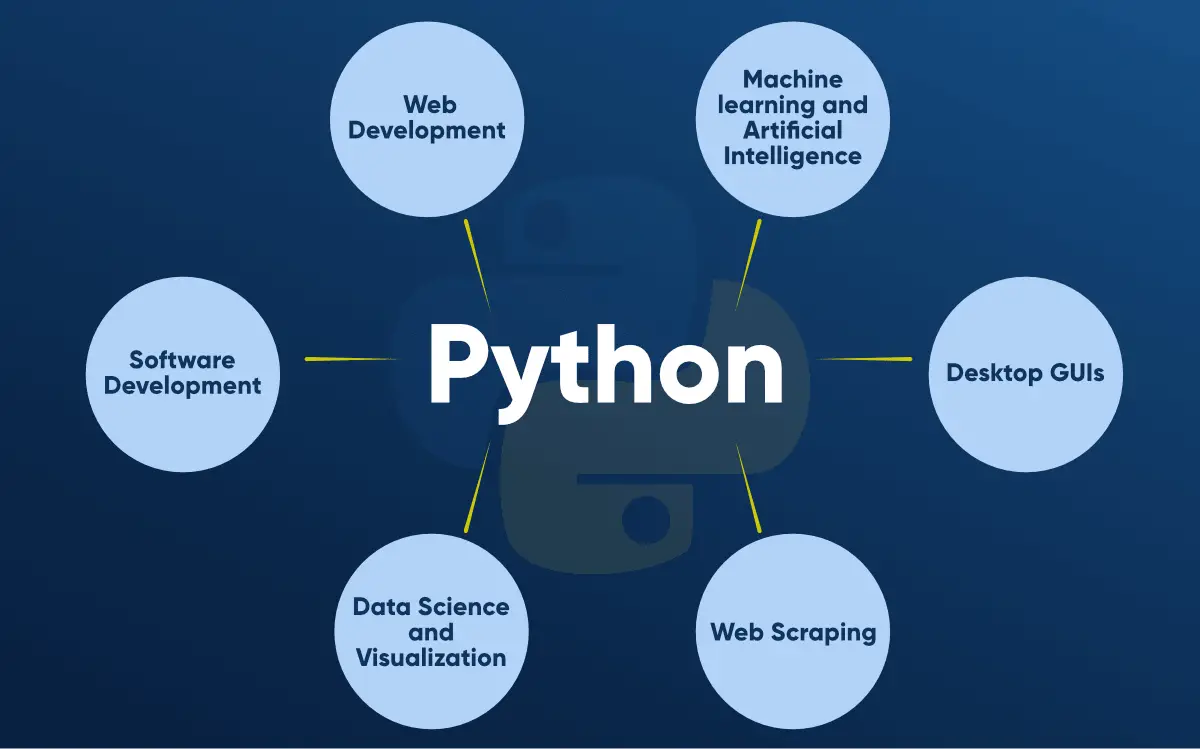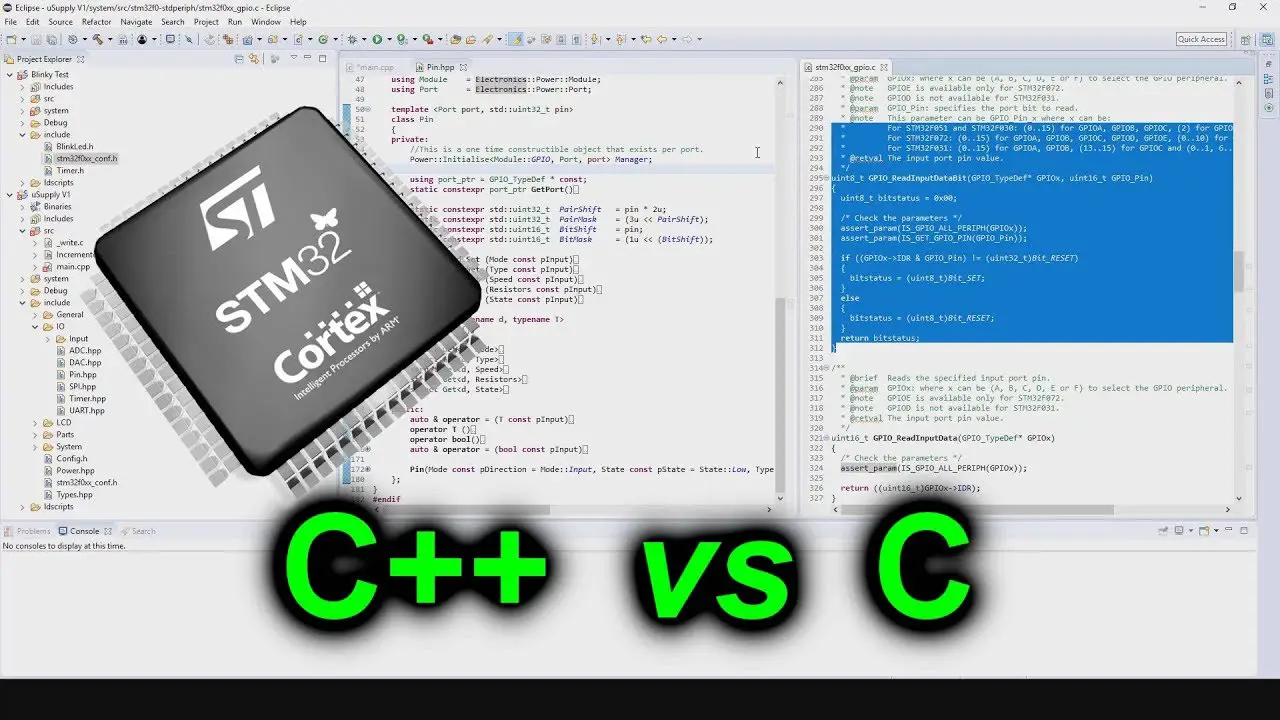Introduction

C, a general-purpose programming language, has gained significant prominence in system programming due to its efficiency, portability, and low-level access. This article explores the versatility of C in system programming, highlighting its key features and applications.

Key Features for System Programming

- Low-Level Access: C provides direct access to hardware resources, enabling programmers to manipulate memory, registers, and peripherals.
- Memory Management: C’s manual memory management and pointer system give programmers fine-grained control over memory allocation and deallocation.
- Code Optimization: C allows for extensive code optimization through the use of assembly-like instructions and the ability to directly manipulate memory.
- Platform Independence: C’s standard library and portability enable code to run on a wide range of platforms with minimal modifications.
Applications in System Programming
Operating Systems (OS)
- C is the primary language used to develop operating system kernels. Its low-level access capabilities allow programmers to control hardware interrupts, manage memory, and schedule processes.
Device Drivers
- Device drivers, which bridge the gap between hardware and software, are commonly written in C. C’s direct hardware access enables drivers to interact with specific devices and provide an interface to the OS.
Firmware
- Embedded systems and firmware rely on C for their efficiency and low memory footprint. C’s ability to manipulate hardware registers and optimize code makes it suitable for developing embedded software.
Networking
- C is widely used in networking applications, where its low-level access capabilities enable efficient handling of network packets and communication protocols.
Advantages of C in System Programming
- Performance: C’s efficient code allows for optimal system performance, making it ideal for time-critical applications.
- Flexibility: C’s low-level access and manual memory management provide flexibility in designing and optimizing complex systems.
- Community Support: C boasts a vast community, providing extensive support, documentation, and libraries.
Conclusion
C remains a versatile language in system programming due to its efficiency, low-level access, and platform independence. Its key features and wide range of applications make it suitable for developing operating systems, device drivers, firmware, and networking applications. C’s continued relevance in this field underscores its role as a powerful tool for creating high-performance and reliable system software.## Exploring The Versatility Of C In System Programming
Executive Summary
C is a widely acclaimed programming language known for its versatility in various domains, including system programming. Due to its efficiency, low-level control, and hardware proximity, C has become indispensable in developing operating systems, embedded systems, and other foundational software components. This article delves into the unique characteristics and capabilities of C that make it an ideal choice for system programming tasks.
Introduction
C is a high-level, general-purpose programming language developed by Dennis Ritchie at Bell Labs in the 1970s. It is renowned for its portability, efficiency, and control over hardware operations. These attributes have made C the language of choice for system programming, where performance, resource management, and direct hardware interaction are paramount.
FAQs
Q1. What is system programming?
A1. System programming involves developing software that interacts directly with the computer hardware and provides the foundation for higher-level applications. This includes operating systems, device drivers, and embedded systems.
Q2. Why is C suitable for system programming?
A2. C offers several advantages for system programming:
- Low-level control: C provides access to low-level hardware operations, allowing programmers to manipulate memory, registers, and hardware devices directly.
- Efficiency: C code is typically efficient and produces compact executables due to its lack of a runtime environment and automatic memory management.
- Portability: C is highly portable across different hardware architectures and operating systems, making it suitable for developing cross-platform system software.
Q3. What are the main applications of C in system programming?
A3. C is widely used in developing:
- Operating systems (e.g., Linux, Windows, macOS)
- Embedded systems (e.g., microcontrollers, automotive systems)
- Device drivers (e.g., network cards, graphics cards)
- File systems (e.g., ext4, NTFS)
- Compilers and interpreters
Key Subtopics
Memory Management
- Pointers: C provides direct access to memory addresses through pointers, allowing programmers to manipulate memory manually.
- Dynamic memory allocation: The
malloc()andfree()functions enable programmers to allocate and deallocate memory dynamically, providing flexibility in memory management. - Bitwise operators: Bitwise operators allow precise manipulation of memory at the bit level, optimizing memory usage and enabling efficient data structures.
- Union: Union data types allow multiple data types to occupy the same memory location, saving memory and facilitating data sharing.
- Memory mapped I/O: C’s memory mapped I/O allows direct access to hardware registers and devices, enabling efficient communication and control.
Concurrency and Multitasking
- Threads: C supports multithreading through the
pthreadlibrary, allowing multiple tasks to execute concurrently within a single program. - Synchronization primitives: C provides synchronization primitives such as mutexes and semaphores to coordinate access to shared resources and prevent race conditions.
- Message queues: Message queues allow inter-thread communication and synchronization, enabling efficient data exchange and task coordination.
- Signals: Signals provide a mechanism for asynchronous event notification and handling, enabling the system to respond promptly to external events.
- Real-time programming: C’s low-level control and efficiency make it suitable for real-time programming, where timely and deterministic response to events is crucial.
Hardware Interaction and Device Drivers
- Direct memory access (DMA): C allows programmers to perform DMA operations, transferring data directly between memory and devices without involving the CPU, significantly improving performance.
- Interrupt handling: C provides mechanisms for handling hardware interrupts, enabling the system to respond to external events and perform necessary actions.
- Device drivers: C is extensively used in writing device drivers that control and communicate with hardware devices, providing the interface between hardware and software.
- Embedded systems: C’s suitability for low-level programming and resource management makes it an ideal choice for developing embedded systems.
- Hardware abstraction layer (HAL): C facilitates the creation of HALs, which provide a consistent and portable interface to hardware across different platforms.
Operating Systems
- Kernel development: C is the primary language used for developing operating system kernels, which manage hardware resources, provide system services, and schedule tasks.
- System calls: C allows user programs to access operating system services through system calls, providing a controlled interface to the kernel.
- Process management: C enables programmers to create, manage, and terminate processes, controlling execution flow and resource allocation.
- File systems: C is used to develop file systems that manage data storage and retrieval on storage devices.
- Networking: C provides libraries and APIs for network programming, enabling communication between computers and devices.
Compilers and Interpreters
- Compiler construction: C is commonly used to write compilers that translate high-level code into machine code, optimizing performance and generating efficient executables.
- Interpreters: C can be used to develop interpreters that execute code directly without compiling it, providing flexibility and rapid development.
- Virtual machines: C is employed in the implementation of virtual machines that emulate different hardware architectures and run multiple operating systems simultaneously.
- Code generation: C’s low-level control allows programmers to generate machine code directly, enabling the creation of custom instructions and optimizations.
- Profiling and debugging: C provides tools for profiling and debugging code, helping developers identify and resolve performance bottlenecks and errors.
Conclusion
C’s versatility and capabilities make it an indispensable tool in system programming, where efficiency, resource management, and low-level control are paramount. Its strengths in memory management, concurrency, hardware interaction, operating system development, and compiler construction have made it the language of choice for foundational software components. As technology continues to evolve, C will undoubtedly remain a cornerstone in the development of efficient, reliable, and high-performance system software.
Keyword Tags
- System programming
- C programming
- Memory management
- Concurrency
- Hardware interaction
